Air travel has undergone dramatic transformations since its early days, with practices that were once considered standard now seeming utterly bizarre or downright dangerous. From smoking sections to free-roaming children and curious safety standards, the friendly skies of yesteryear were a far cry from today’s regulated, security-conscious flying experience. Buckle up for a journey through aviation’s most jaw-dropping historical practices that would make modern travelers completely lose their minds.
1. Smoking Sections
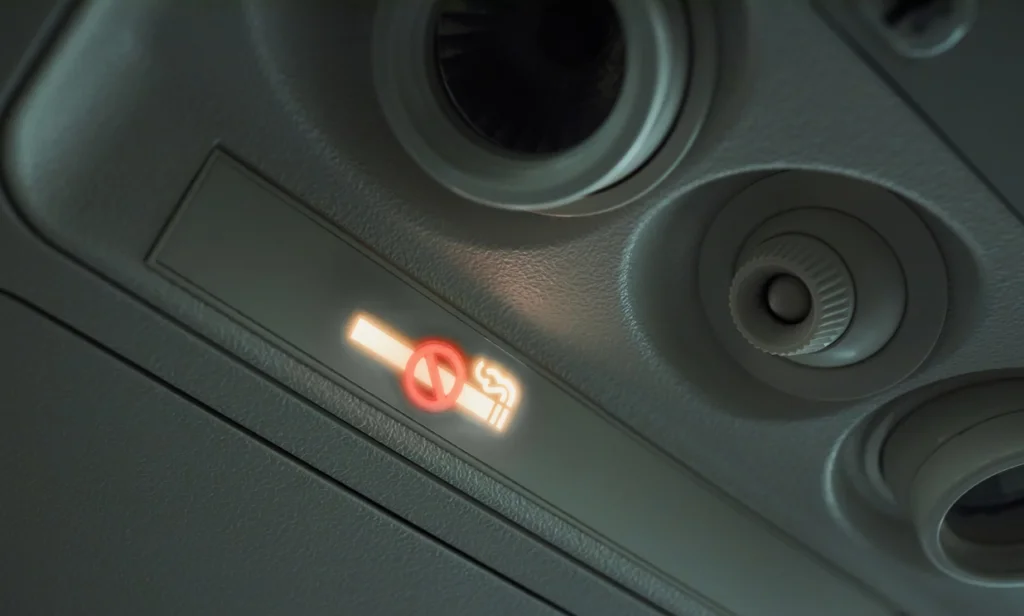
Hard to believe, but there was a time when lighting up a cigarette mid-flight was not only permitted but considered a normal part of air travel. Planes featured entire sections designated for smokers, with flimsy little ashtrays built right into armrests and seat backs. The smoke would circulate freely through the cabin, creating a hazy environment that would be completely unacceptable by today’s health standards. For further perspective, Euromate explores the brief history of the smoking room, from a time when smoking had a place in all areas of life.
Most airlines didn’t ban in-flight smoking until the late 1980s and early 1990s, with the final U.S. domestic ban coming in 2000. Flight attendants would routinely walk through the cabin with portable ashtrays, casually distributing matches and seeming entirely unbothered by the thick cloud of tobacco smoke surrounding them. Passengers would light up during meal services, during turbulence, and seemingly at any moment they felt the urge.
2. Children Wandering the Cabin
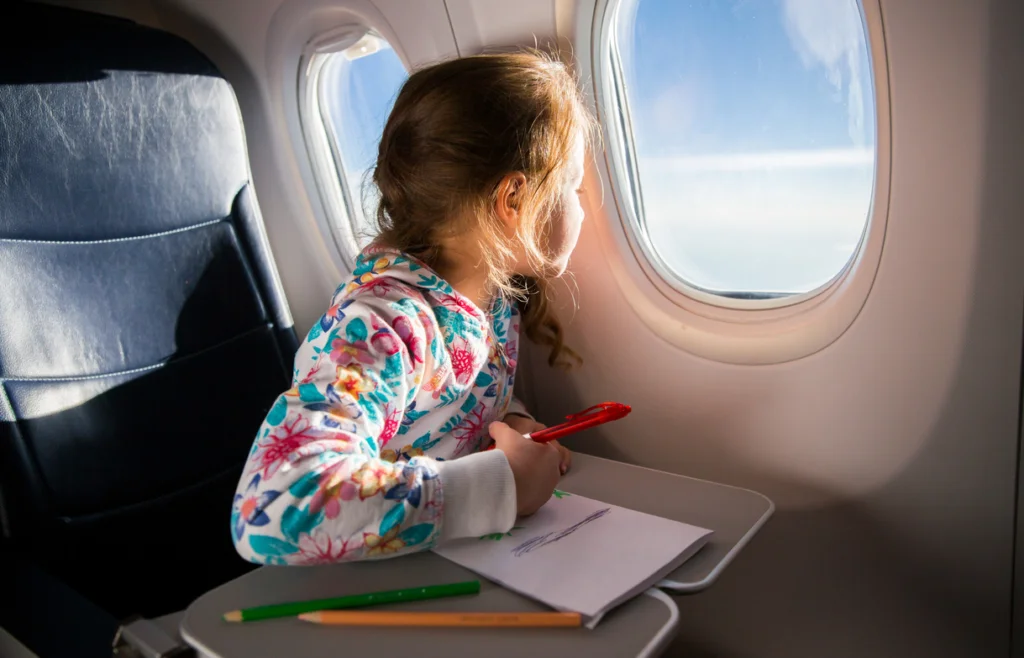
Before strict safety regulations, children were essentially free-range passengers who could roam the airplane cabin at will. Parents would allow toddlers and young kids to walk up and down the aisles, play between seats, and essentially treat the airplane like a flying playroom. Flight attendants would sometimes even help entertain these wandering children, a practice that would be considered a massive safety violation today. American Airlines dives into the specifics that are important to know with today’s laws in mind for safe travel for children.
The concept of keeping children seated with seatbelts was remarkably relaxed, with many parents viewing flight time as a opportunity for their children to explore. Kids would move between seats, visit the cockpit, and interact with strangers throughout the flight. Modern parents would be horrified at the potential safety risks that were once considered completely normal airplane behavior.
3. Cockpit Visits for Everyone

Not only were cockpit visits acceptable, they were practically encouraged. Passengers—including children—could simply walk up and ask to visit the pilots during the flight. Airlines even provided official “Junior Pilot” wings to children who visited the cockpit, creating a sense of wonder and excitement about aviation. Pilots would often spend time explaining instruments and flight mechanics to curious passengers. HRD Aero Systems dives into the history of aviation safety across the decades.
These casual cockpit interactions continued well into the 1990s, with families frequently invited to take photos and learn about flying. The level of access would be unimaginable post-9/11, when cockpit doors became reinforced and strictly off-limits. What was once a friendly, educational experience transformed into a serious security protocol virtually overnight.
4. Extremely Lenient Alcohol Service

Alcohol flowed far more freely in earlier decades of air travel, with minimal monitoring of passenger consumption. Flight attendants would routinely offer multiple complimentary alcoholic beverages, and passengers could request entire mini-bottles at will. There were virtually no restrictions on how much a person could drink during a flight, leading to some truly memorable (and problematic) travel experiences.
Business class and first-class passengers were particularly prone to excessive drinking, with some airlines almost treating the flight as a flying cocktail party. The concept of cutting someone off or monitoring alcohol intake was virtually non-existent. Today’s strict alcohol policies and heightened awareness of passenger safety would have seemed utterly foreign to travelers of previous generations.
5. No Security Screenings
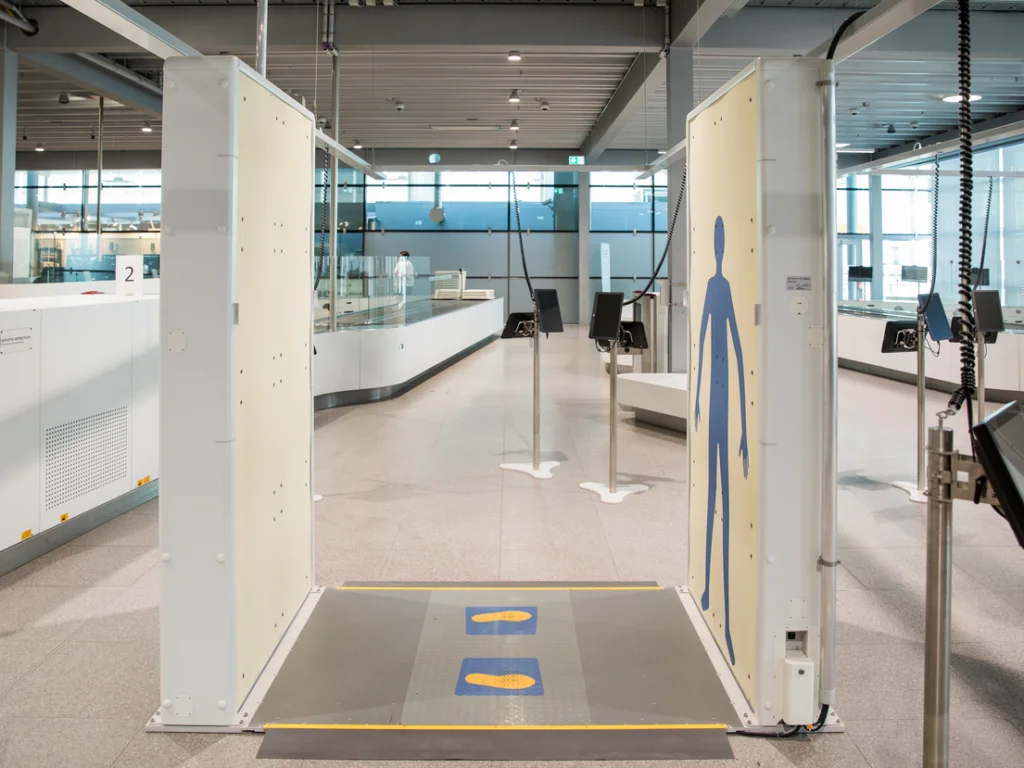
Prior to the 1970s, airport security was shockingly minimal. Passengers could waltz directly onto planes with minimal checks, often keeping their shoes on, carrying any number of items, and experiencing no invasive screening. Family and friends could accompany travelers directly to the gate, saying goodbye face-to-face right before boarding.
Metal detectors weren’t widely implemented until the late 1960s, and even then, they were more of a suggestion than a requirement. Identification checks were cursory at best, and the entire process of boarding a plane was more akin to boarding a bus than the complex security theater we experience today. The casual approach to airport entry would be unthinkable in our current security-conscious world.
6. Massive Carry-On Allowances
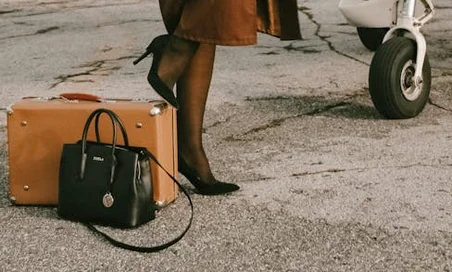
Baggage restrictions were incredibly relaxed in earlier decades, with passengers able to bring enormous amounts of luggage onto planes. There were no standardized size limits for carry-on bags, and overhead compartments were more of a casual suggestion than a carefully managed space. Passengers could bring multiple large bags, sporting goods, and seemingly anything they could carry.
The weight and size of carry-on items were rarely questioned, unlike today’s strict measurements and weight limits. Some travelers would bring multiple bags, oversized items, and strange objects that would never pass modern airline scrutiny. The free-for-all approach to carry-on luggage would cause complete chaos in today’s carefully regulated airports.
7. Casual Dress Codes

Air travel was once considered a dressy occasion, with passengers treating flights like formal events. Men would wear suits and ties, women would don dresses and heels, and the entire experience was viewed as a luxurious form of transportation. Flight attendants were required to maintain extremely strict appearance standards, including weight monitoring and mandatory makeup.
The transformation to casual travel wear happened gradually, but early flights were essentially fashion shows at 30,000 feet. First-class sections particularly emphasized elegant dress, with some airlines providing dress codes for passengers. Today’s comfortable, anything-goes approach to airplane attire would shock those early travelers who considered flying a sophisticated experience.
8. Completely Open Seating
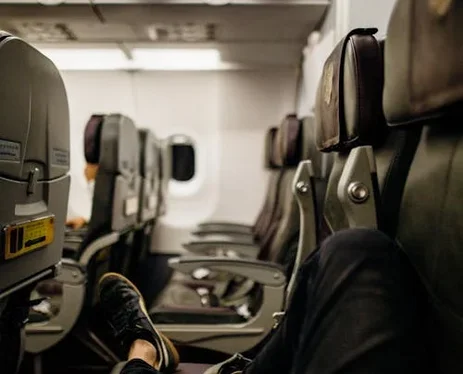
Many early flights operated on a first-come, first-served seating basis, with passengers able to choose any available seat. The concept of assigned seating was not standardized, creating a somewhat chaotic boarding process where passengers would rush to claim the best spots. Families and groups could easily sit together or spread out without pre-planning.
This open seating approach meant that flight dynamics could change dramatically based on who happened to board first. Premium seats were not as strictly defined, and the entire boarding process was much more fluid. Modern travelers, accustomed to precise seat assignments and boarding groups, would find this approach maddeningly unorganized.
9. Food Served on Real Dishes
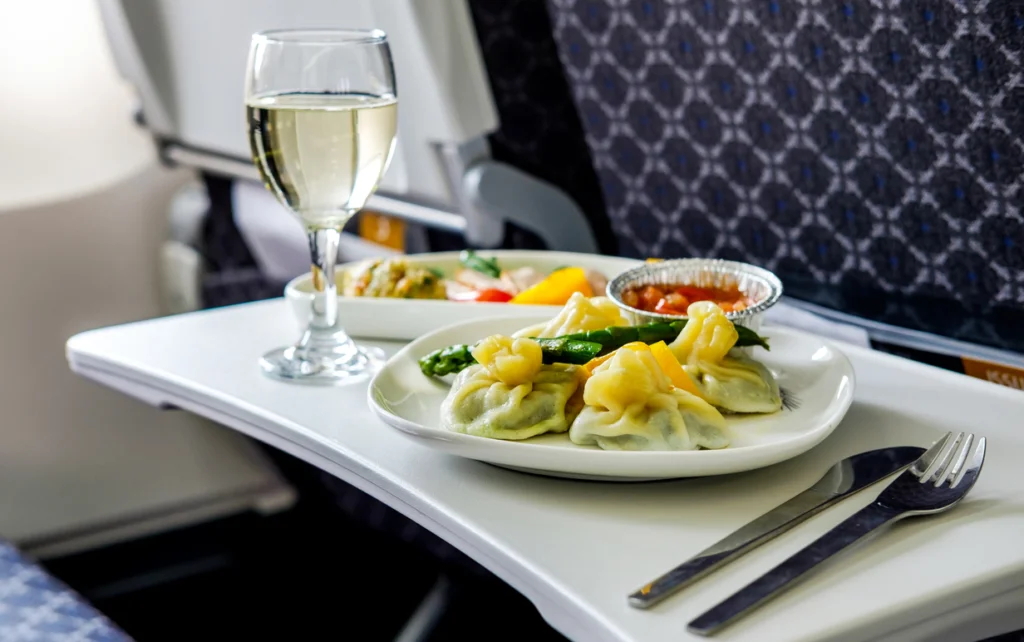
Airlines once provided full meals on china plates with metal cutlery, even on shorter flights. Passengers would receive multi-course meals prepared on board, with real glassware, metal utensils, and restaurant-quality presentation. First-class and business-class travelers particularly enjoyed elaborate dining experiences that resembled high-end restaurants.
The meals were often prepared by trained chefs and included multiple courses, wine pairings, and elegant presentation. Today’s pre-packaged, limited food options would seem incredibly disappointing to travelers accustomed to those earlier dining experiences. The transformation from fine dining to basic sustenance represents a significant shift in airline priorities.
10. No Electronic Device Restrictions
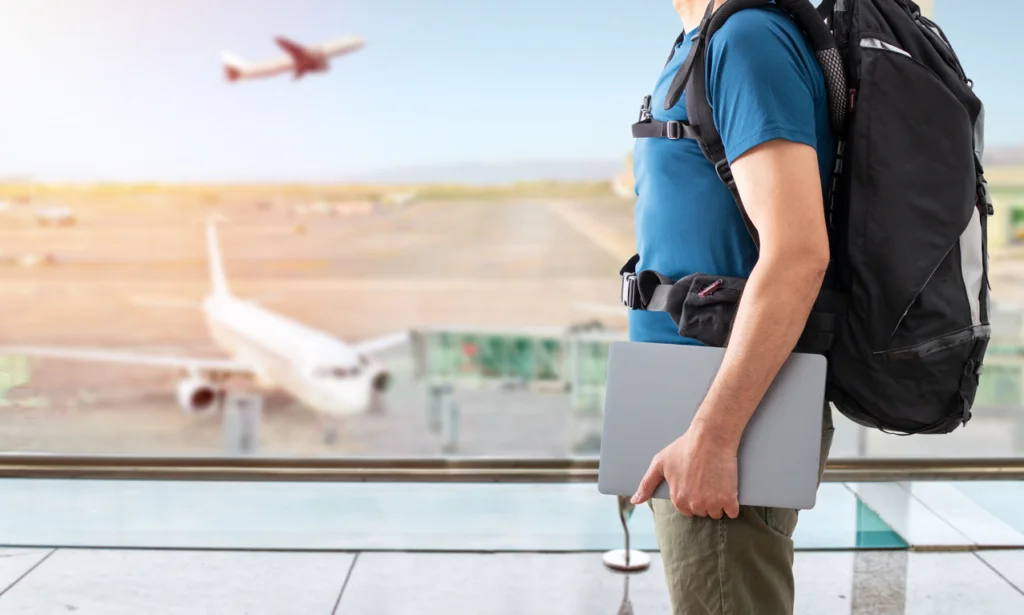
Before the digital age, passengers experienced flights without any electronic distractions. There were no rules about turning off devices because those devices didn’t exist. Early travelers read newspapers, chatted with fellow passengers, or simply looked out the window—a concept that seems almost quaint in our current always-connected world.
The first mobile phones and personal electronic devices were years away from being common, creating a much more social flying experience. Passengers interacted more directly, and the entire atmosphere of air travel was dramatically different. Today’s constant connection and strict electronic device rules would seem completely foreign to those earlier travelers.
11. Extremely Relaxed Medical Standards
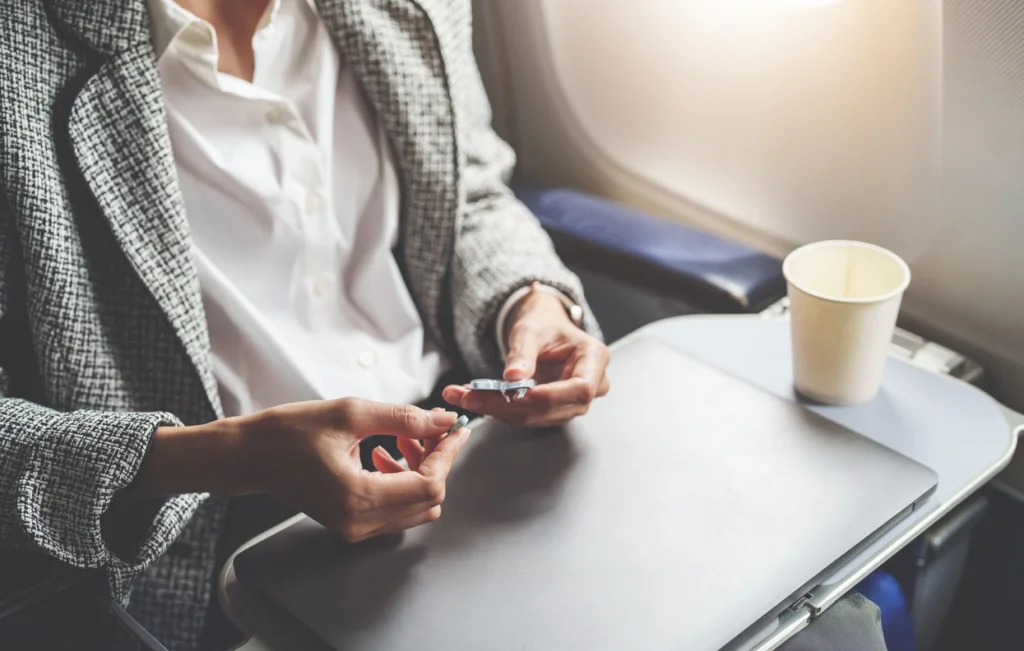
Flight attendants were once subject to incredibly strict medical and appearance standards that would be considered discriminatory today. Many airlines required nurses’ training, specific height and weight requirements, and mandatory retirement at a young age. Single status was often required, with many airlines firing flight attendants if they got married.
Physical examinations were invasive and frequent, with airlines maintaining complete control over their employees’ personal lives. Weight was monitored monthly, and any slight deviation could result in immediate dismissal. The level of personal control would be completely unacceptable by modern employment standards.
12. Complimentary Everything
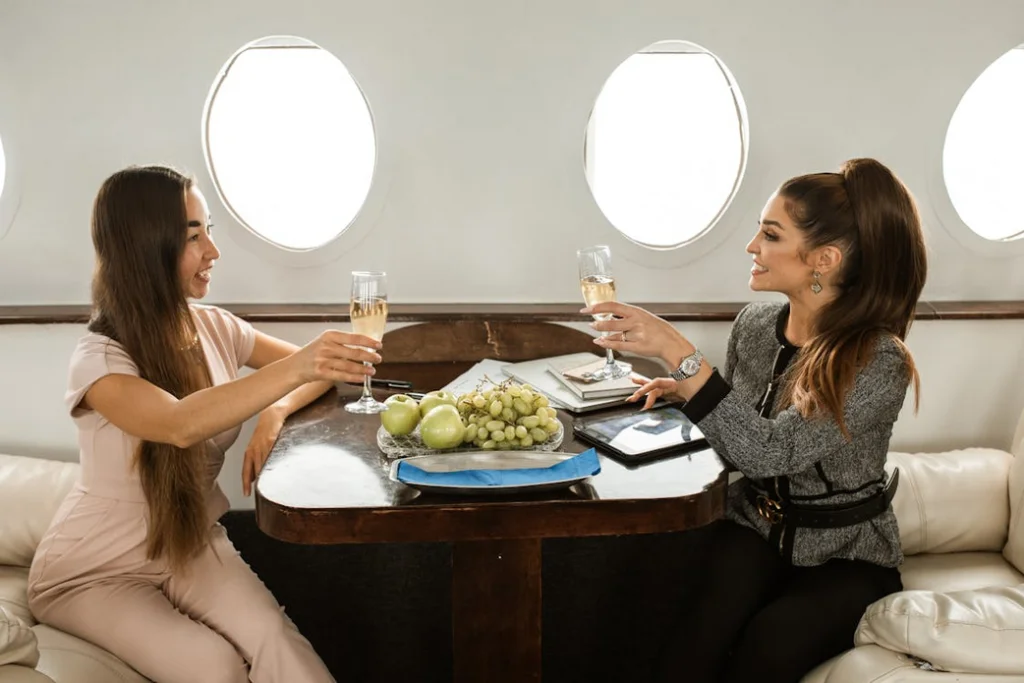
Early air travel was characterized by an abundance of free extras that have since disappeared. Passengers received complimentary amenity kits, full-size pillows and blankets, multiple meals and snacks, and generous baggage allowances. Airlines competed by offering increasingly luxurious free services, creating an environment of abundance that seems impossible today.
Magazines, newspapers, headphones, and numerous other items were provided at no extra charge. The entire flying experience was designed to feel like a premium service, with airlines going to extraordinary lengths to make passengers comfortable. Modern à la carte pricing and constant fee structures would seem shocking to travelers from earlier decades.
The evolution of air travel tells a fascinating story of technological advancement, safety consciousness, and changing societal norms. What was once considered perfectly acceptable now seems utterly unimaginable, reflecting how dramatically our approach to flying has transformed. From smoking sections to casual cockpit visits, these practices remind us that progress isn’t just about technology—it’s about continuously reimagining safety, comfort, and human interaction.


